Yearly horror fiction collections and ‘best of’ lists are instrumental in getting the word out on the current state of the genre and its next steps. Master editor and anthologist Stephen Jones is perhaps one of the best sources on this as his Best New Horror anthologies showcase the latest in haunts and terrors, almost exclusively in the realm of short stories. I, for one, owe a lot of my horror education to Jones’ anthologies (which often saw horror writer Ramsey Campbell featured as editor as well). In fact, it inspired me to name this edition of my horror column after his line of books.
I think it’s fitting to borrow this Best New Horror concept and focus it on the comics medium, which has seen horror turn into a more intense, darkly urgent, and subversive storytelling force concerned with what humanity is presently inflicting upon itself, and this despite the countless cautionary tales the genre has put out throughout the decades.
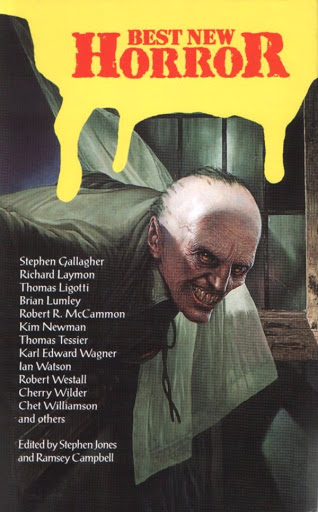
All of this to say, the future is horror. The future has no choice other than to be horror. I think this is a wonderful thing, and not paying attention to it or underestimating it might mean purposefully staying out of some tough but necessary conversations.
We’re in a new Golden Age of horror comics. New classics have already made their mark on the genre and are demanding more of their audiences and the storytelling mechanisms employed to engage with them. They’ve become more confrontational, preferring to stick their bloody fingers in wounds both old and new to poke at sensitive subjects.
Comics like Infidel, Redlands, Ice Cream Man, Clean Room, Wytches, Afterlife with Archie, Harrow County, The Unsound, A Walk Through Hell, These Savage Shores and many others have already become legitimate beacons of horror fiction, examples to follow in search of those hidden roads that lead to new stories. They abhor comfort zones and and prefer to upset the ghosts and ghouls of the modern age.
The following list constitutes some of the best horror comics to have come out in 2020, with some starting in the final months of 2019 but more properly coming into their own throughout the new year. The list makes no attempt to be definitive or comprehensive, nor will it follow any particular order. They’re presented as some of the most impressive examples of their kind and will include both full story arcs and single issues from series that might’ve started recently but show special promise coming into the new year.
Let’s start.
- Year Zero, by Benjamin Percy and Ramón Rosanas (AWA Upshot)
A global zombie pandemic breaks out and the lives of 5 individuals (a Japanese hitman, a Mexican homeless boy, a female Afghan military aide, a polar research scientist, and an American doomsday prepper) that never meet must adapt to the new reality while still carrying the problems that hounded them before everything changed. Year Zero’s take on zombie fiction might not seem too different or inventive at face value, but once the first issue reaches its final pages and the scope of the narrative reveals itself, there’s no denying this comic is up to something special. It all boils down to character and how their inner dialogues drive the story. Each individual plot move forward with an almost lyrical sensibility, becoming dark poems of tragedy and retribution in the process. The Afghan woman’s segments stand among the most heart-breaking but satisfying of the bunch, contemplating obsolete social traditions and offering a glimpse of what a stronger future could look like. That we get most of the story through inner dialogue already adds to that sense of creative exploration present from the first page onwards. It’s something zombie fiction is in dire need of. Year Zero is an important comic book with a lot on its mind.
- Razorblades, horror anthology created by James Tynion IV (Tiny Onion Studios)
This anthology is a great example of what it means to break new narrative ground within the genre. In an essay explaining the book’s vision, Tynion presents the book as an affront to nostalgia, to things that keep storytelling rooted in the past. With an impressive list of superstar and rising star creators (Ram V, Brian Level, Marguerite Bennett, Danny Lore, and Aaron Campbell among them), Razorblades unearths new horrors coated with contemporary fears. Gruesome murders involving washing machines, experimental drugs that feature reality-warping creatures among its side effects, and ancient forces stuck in an apocalyptic time loop reside within the pages of this anthology, which is up to issue #2 at the time of this writing. Razorblades is perhaps one of the most aggressive challenges to the genre and it’s apparent it wants to see changes within it. Thankfully, this anthology has already positioned itself well to bring about these changes.
- The Autumnal, by Daniel Kraus and Chris Shehan (Vault)
In my review of the first issue of this 8-part series (currently on its second issue), I stated that the book looks, feels, and smells like it was born out of the very season its title alludes to. A young mother jumps from city to city looking for a chance at a steady life with her daughter. A death in the family forces the duo to return to their hometown, Comfort Notch, only to find the place has a tangled relationship with some very ancient history that’s desperate to preserve its secrets. The Autumnal is character-driven horror at its finest, presented with deceptively warm and soft colors that hide cruel and terrible things. In the two issues available thus far, almost nothing has been revealed about the mysteries behind Comfort Notch, but what’s been shown is enough to make us worry about the fate of the mother-daughter team. A slow-burn, but one with the promise of sinister sights and deep family trauma.
- Lonely Receiver, by Zac Thompson and Jen Hickman (Aftershock Comics)
Romance and human relationships are in a strange place right now given the transition to the more fully digital world. Lonely Receiver is a comic that recognizes this and finds in it an opportunity for horror. Then it adds Italian giallo elements to the story, its colors, and its overarching sense of digital dread to really get at new fears specific to loss and tech dependency. This is a different kind of sci-fi horror and it earns its spot among the best in horror this year for being the only one of its kind on the shelves. The story takes place in a not so distant future and it focuses on a Catrin, a woman that has a phone that can create a life partner tailored to one’s needs and desires. She creates this life partner, but then they break up and that digital dread I mentioned starts creeping up, complete with a shadow figure that claims to be her phone. There’s a bit of the Spike Jones’ movie Her in this comic, although the breakup story found here is infinitely more strange and more dangerous. The pain that comes with being abandoned by a companion that was made for you comes through in every bit of inner dialogue. Jen Hickman does an excellent job of portraying that pain and how it flirts with complete self-destruction should Catrin not learn to accept the loss. Lonely Receiver was definitely one of the surprises of this year.
- Killadelphia/Elysium Gardens, by Rodney Barnes and Jason Shawn Alexander (Image Comics)
While this vampire comic began in November of last year, it’s impossible not to recognize how big it’s become as it developed in 2020. Focusing on a vampire infestation in the city of Philadelphia with roots in America’s founding story, Killadelphia dove into 2020 with an expansion of its vampire myth to turn topics such as slavery into sources of vampirism the likes of which we haven’t seen before. But what truly took many by surprise was the inclusion of a werewolf back-up story called Elysium Gardens that gives the classic monster the Killadelphia treatment. We’re presented with a black female werewolf not just coming face to face with racism, but also with sexism and the kind of violence it breeds. Barnes and Shawn Alexander also write and illustrate this story and my only wish is that it becomes its own fully developed comic.
- Dead Day, by Ryan Parrot and Evgeniy Bornyakov (Aftershock Comics)
Zombies had a productive 2020 it seems and Dead Day is one of the reasons why. This comic’s twist on the zombie story goes straight for the jugular by turning the return of the undead into a yearly holiday. Friends, loved ones, and enemies come back for one night a year from sunset to sunrise. They visit those left behind, settle unfinished business, and (in the case of the story’s main narrative thread) look to exact revenge on the people that put them 6 feet under to begin with. The setup opens up so many storytelling possibilities and feels flexible enough to create its own universe. Parrot and Bornyakov focus on a woman called Melissa that takes to Dead Day as an opportunity to help a mysterious rider exact his revenge. Add an ultra-religious group hunting down the newly resurrected based on the prejudices weighed against them for not conforming to good old Christian beliefs and you get a story that’s more political than expected. This is one of the most exciting horror comics of the year and it deserves a read.
- Basketful of Heads, by Joe Hill and Leomacs/The Low, Low Woods, by Carmen María Machado and Dani (Hill House Comics, DC)
DC’s Hill House comics, curated by author Joe Hill, were a treat from start to finish with not one series resulting in disappointment, but there were two books that stood above the rest: Basketful of Heads and The Low, Low Woods. The former is about a woman in possession of a Viking axe that decapitates with ease but leaves the heads alive while the latter focuses on two young women who are submerged in strangeness in a town where memories are stolen. Each story finds ways to confront the established order of things so as to unmask the timeless problems that still try to hold women back. Fortunately, these books offer inventive ways to make these problems collapse under their own weight while also making sure readers have fun along the way. The Low, Low Woods, in particular, indulges in dark magic a fair amount, but it’s all set to the backdrop of an eighties-like horror aesthetic that gives the story great ambiance. Basketful of Heads plays out like a Grindhouse movie minus the bad script and cheap scares. Hill’s book is smart and feels genuine in its attempts at saying something meaningful with his axe-wielding heroine. If you read only two Hill House books, make sure it’s these two.
The horror comics featured here have laid a strong foundation with a lot of juicy skeletons buried in the surrounding area. Horror comics creators would do well to try and dig them up and have them do new things for their own stories. Should they be successful, we have a particularly sinister new year to look forward to.


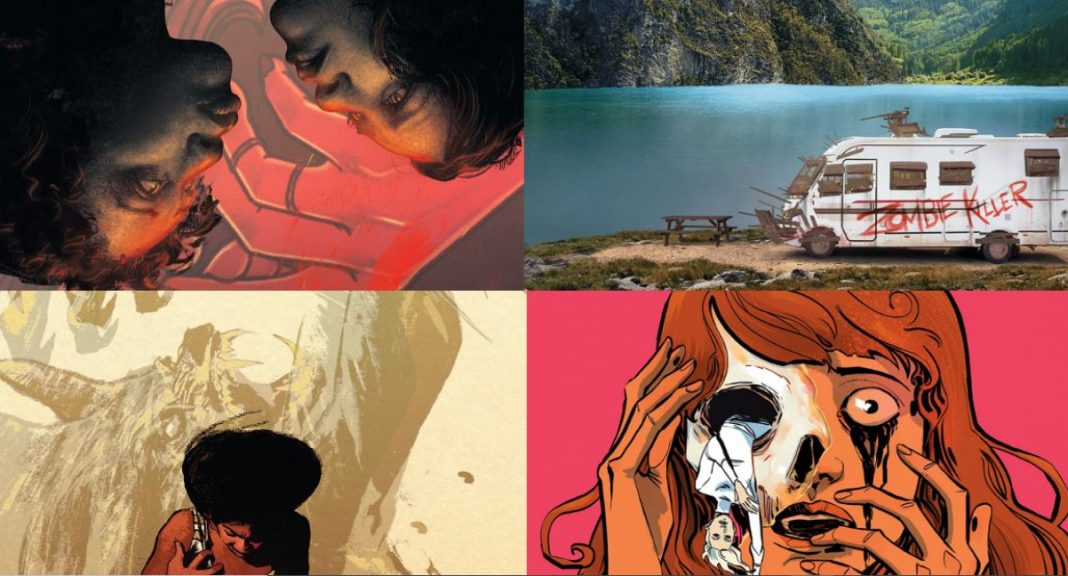
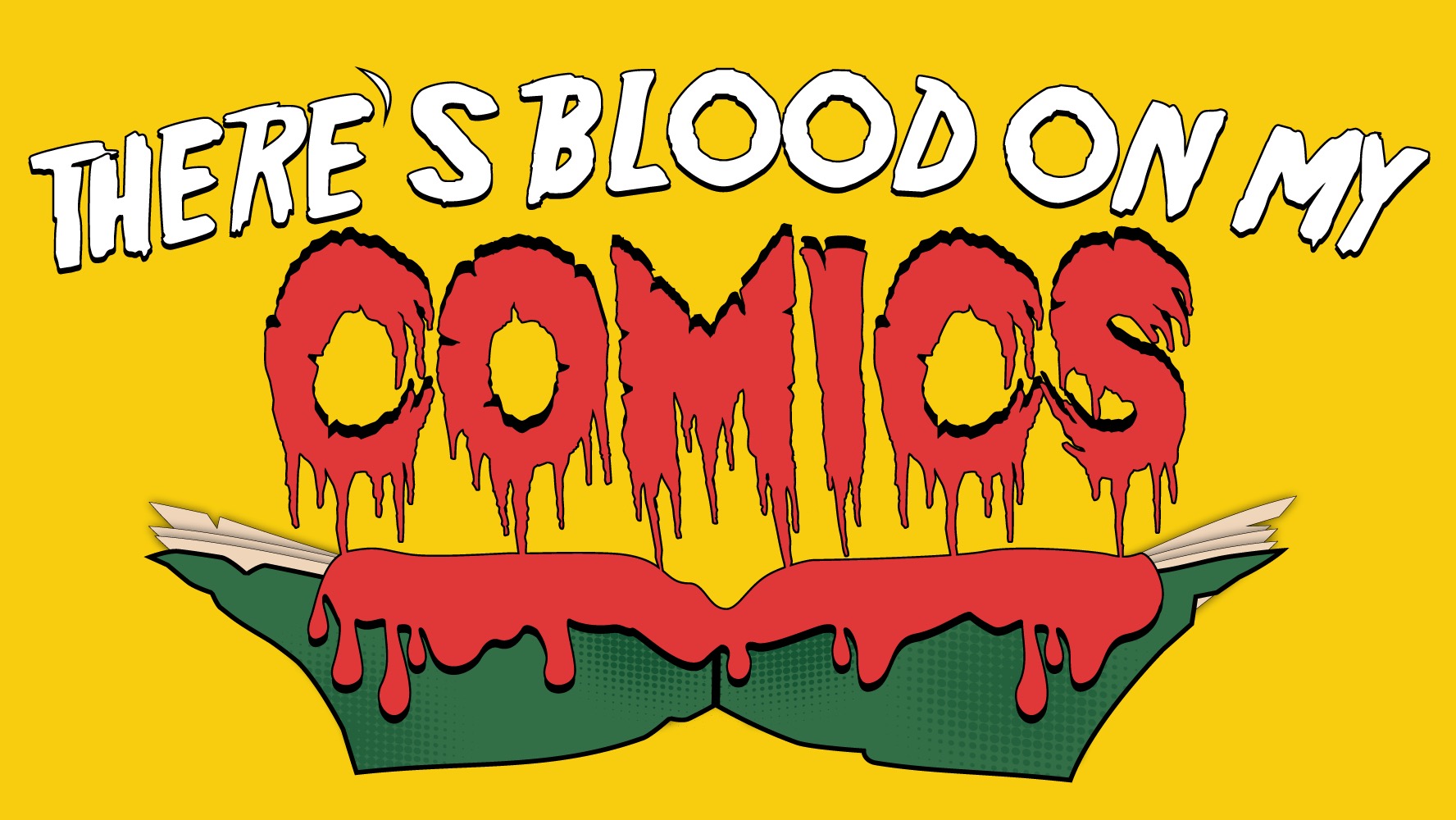
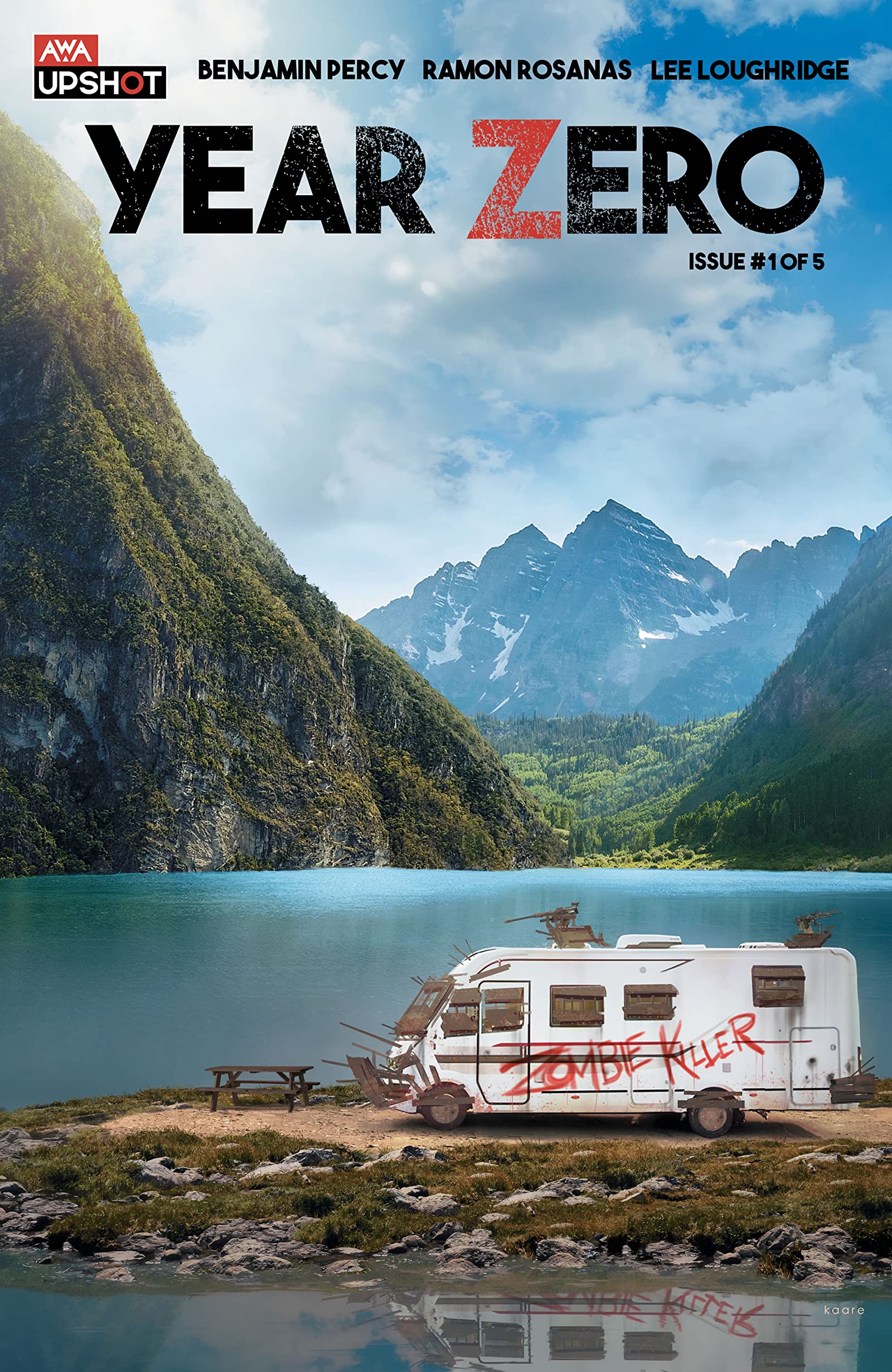
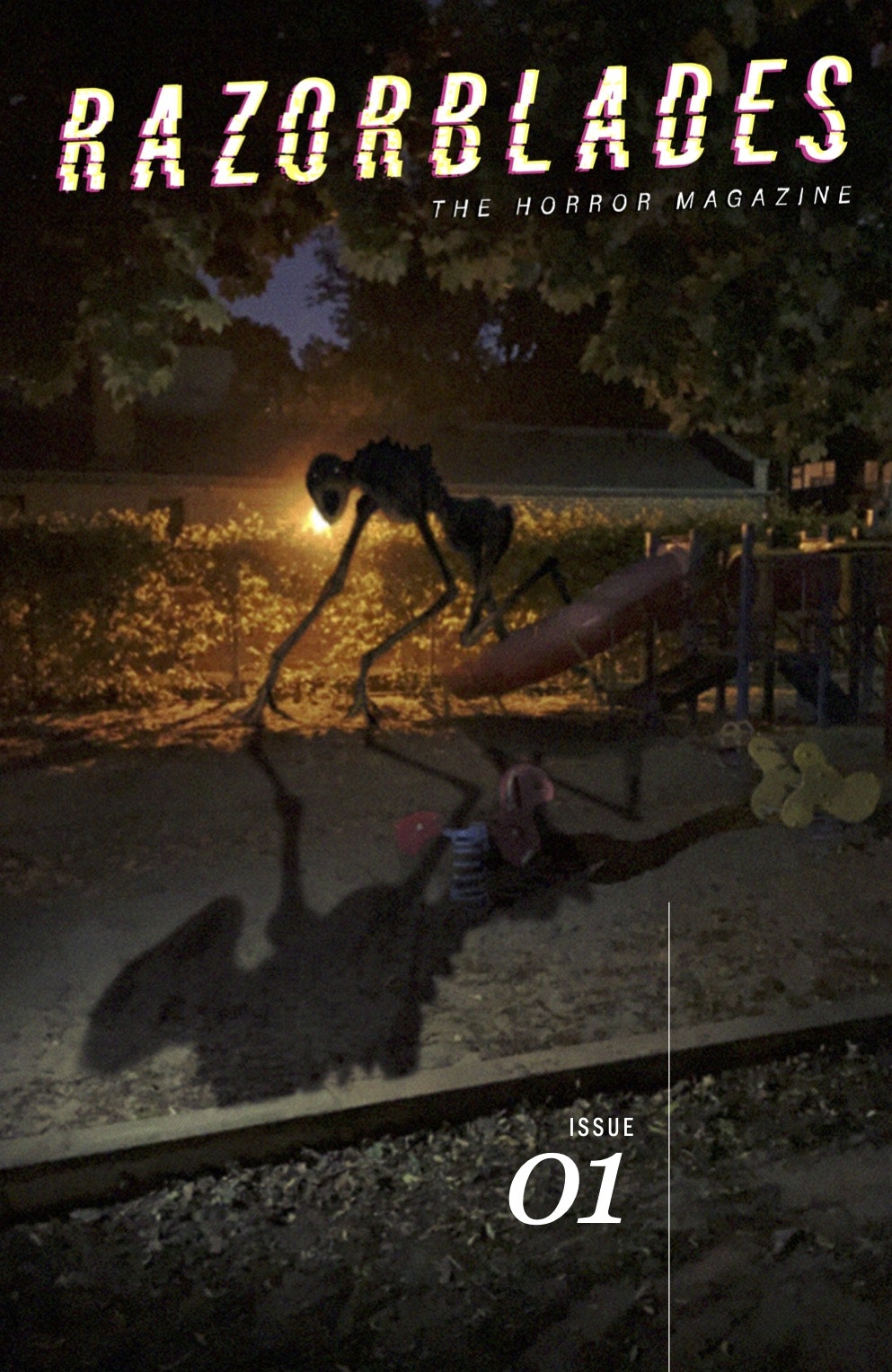
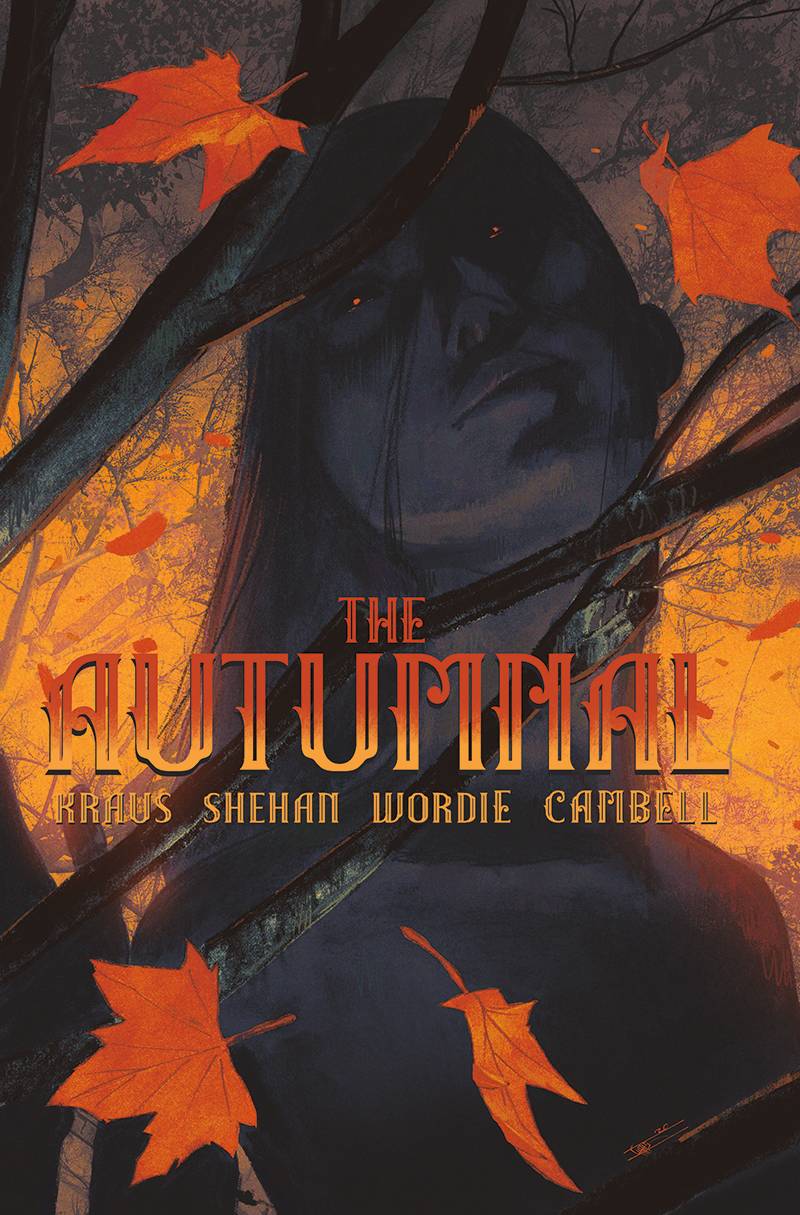
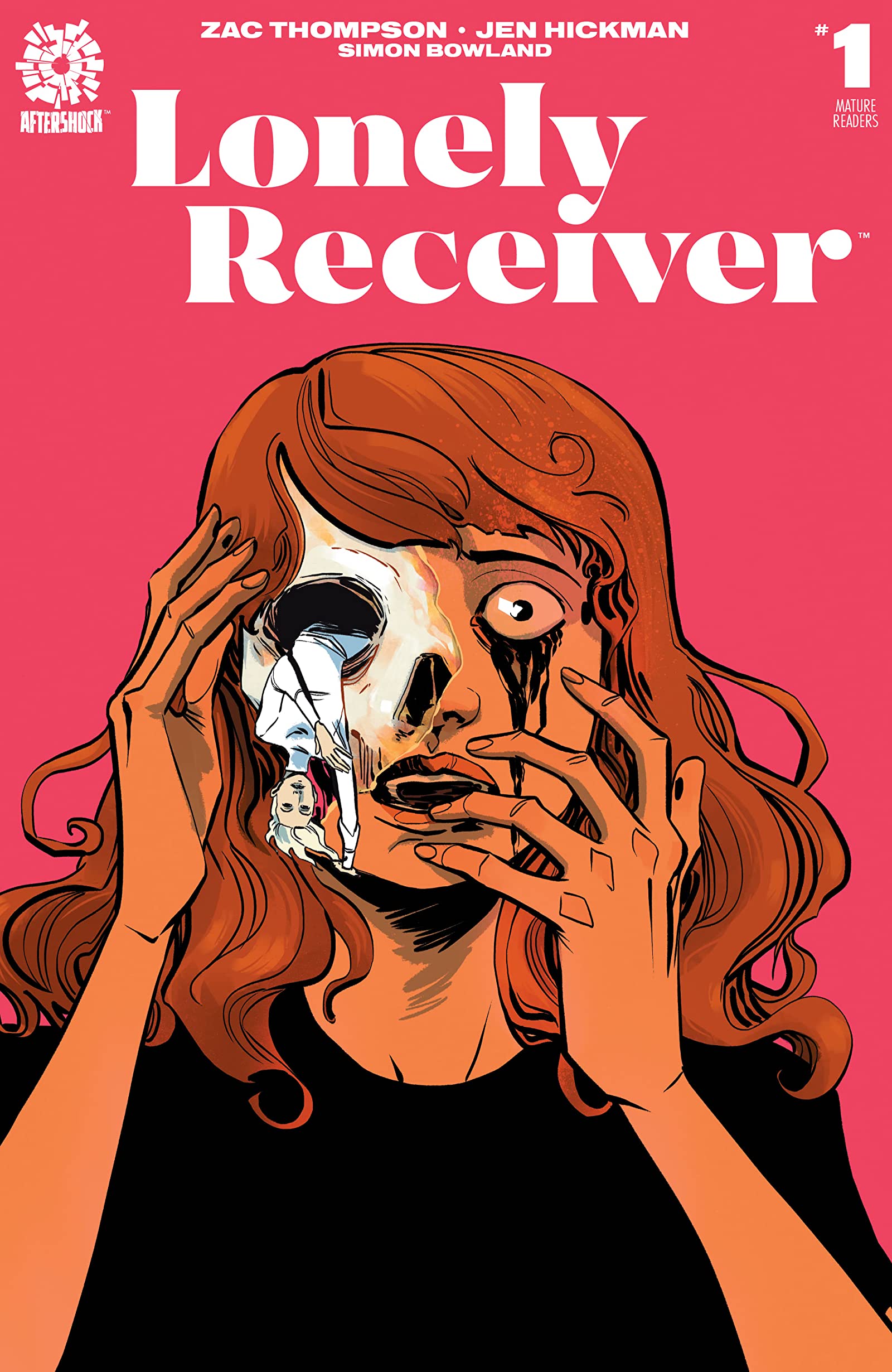
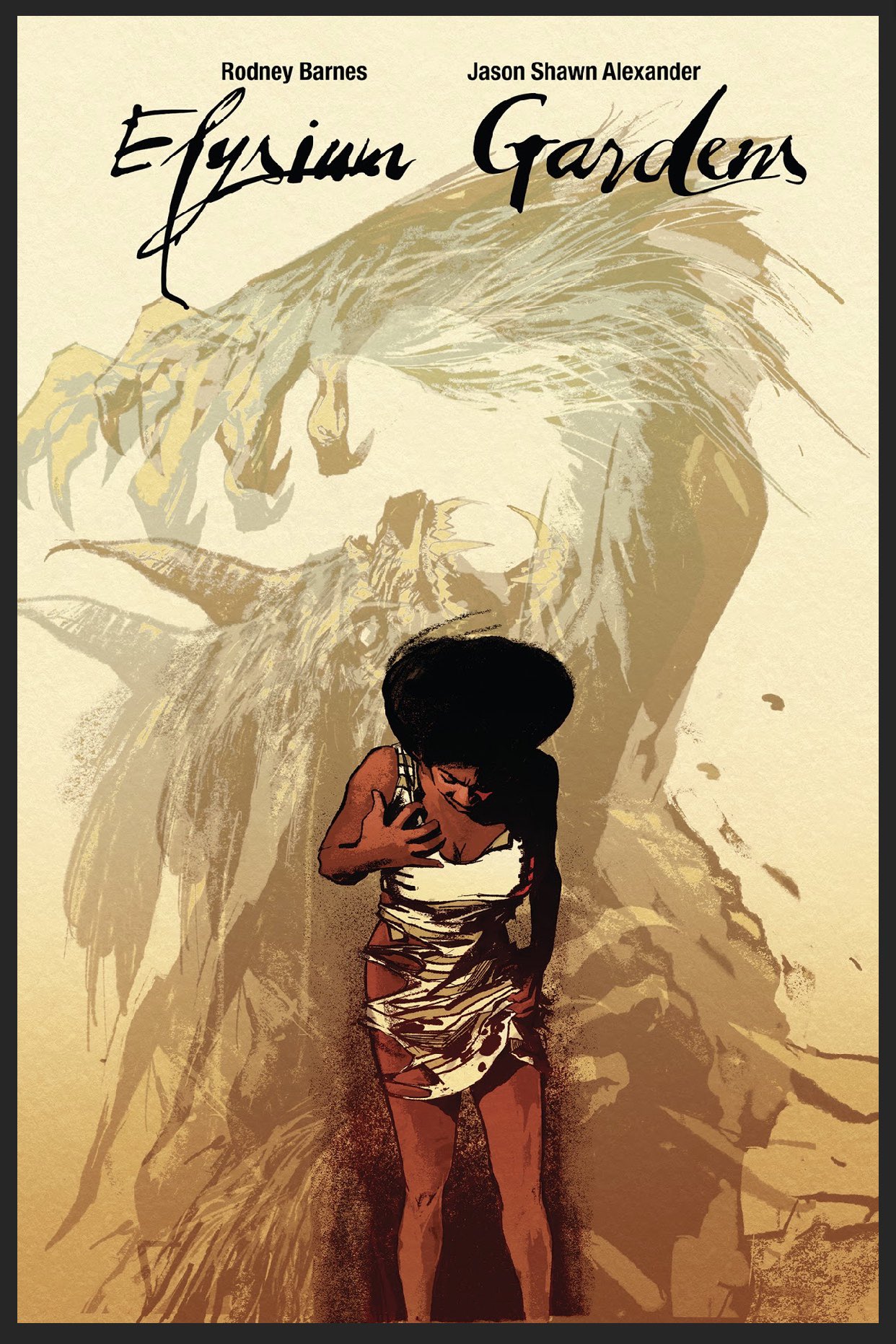
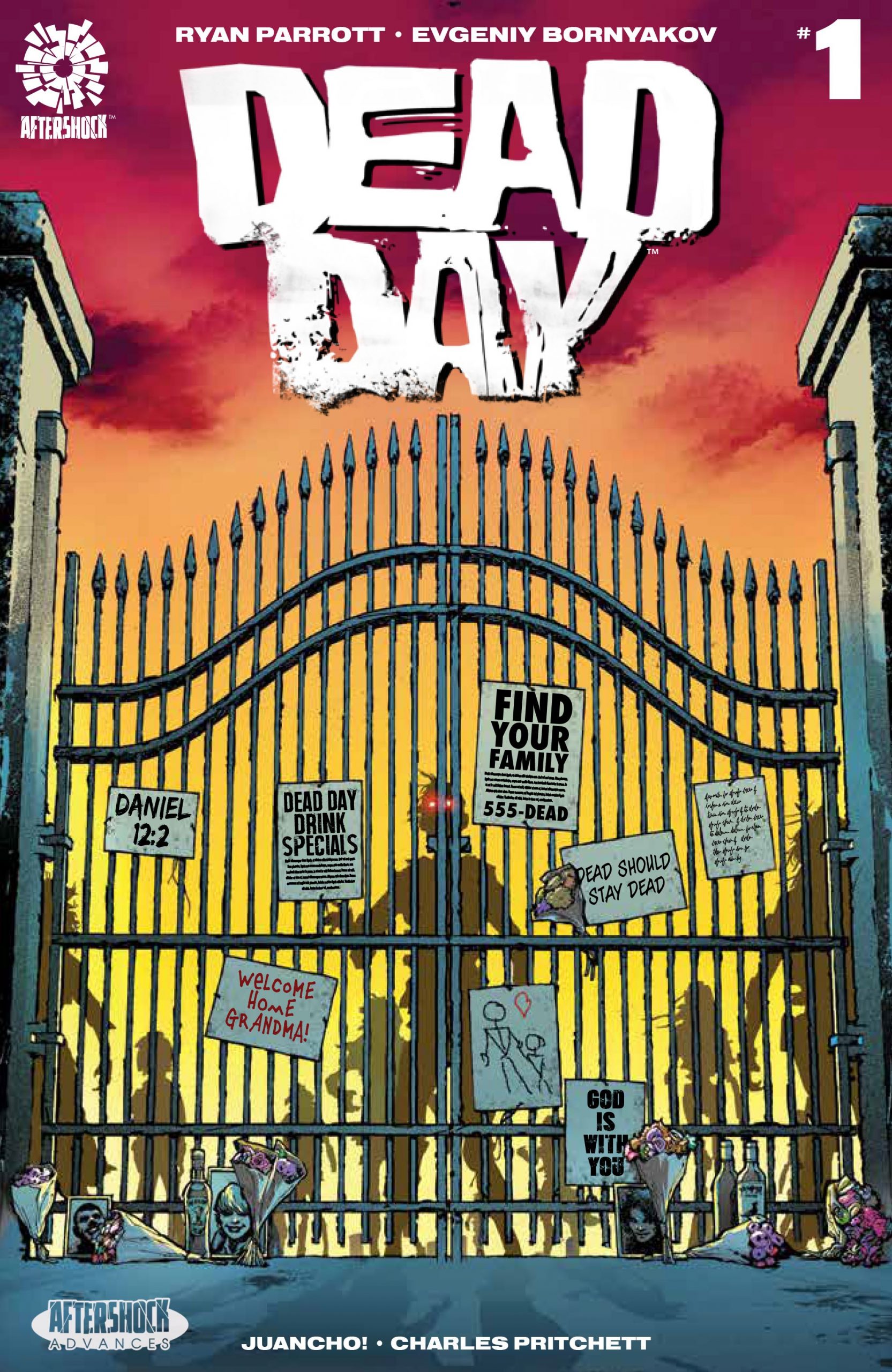
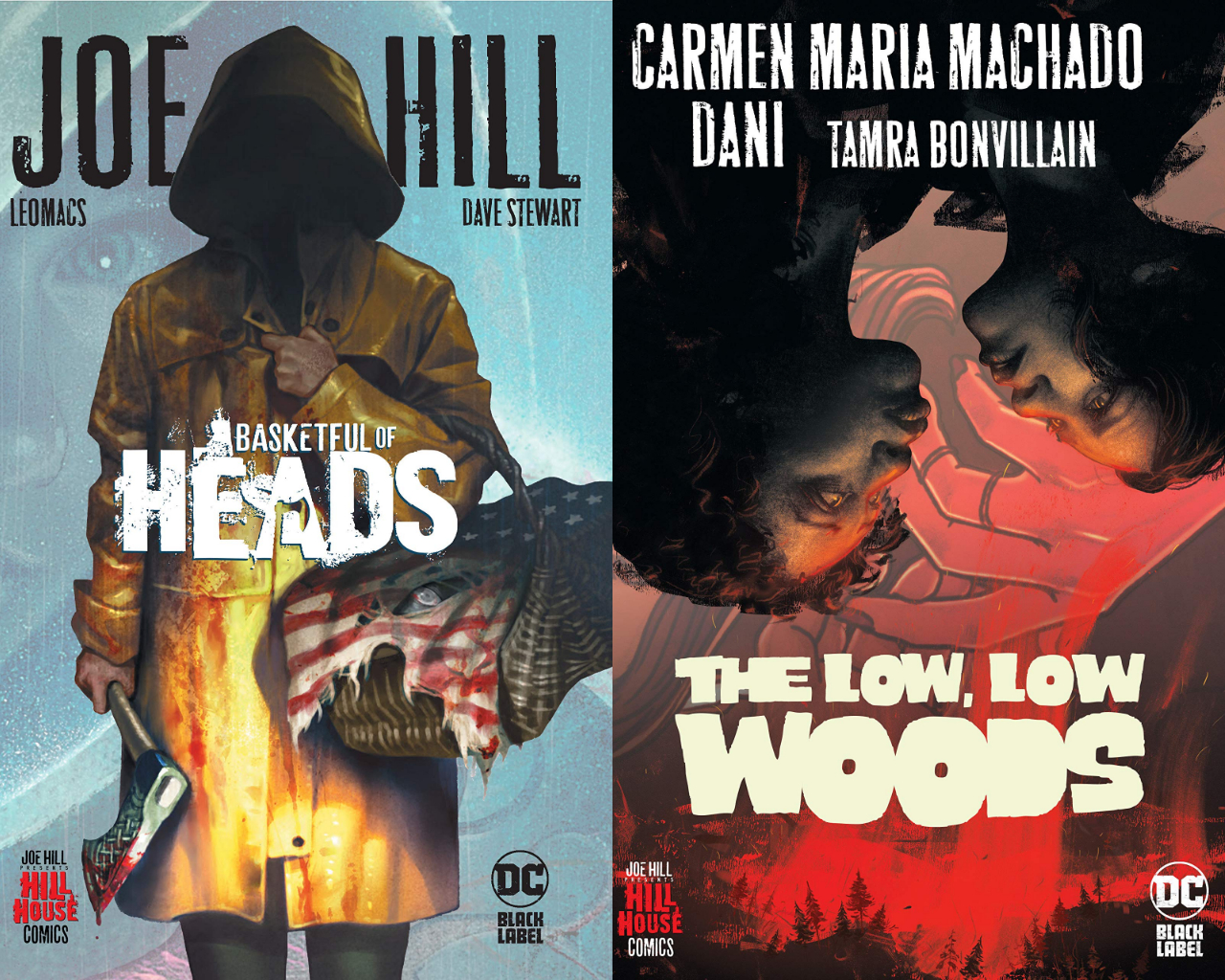


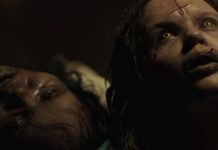


Too bad that the outside world regards comics as superheroes and nothing else.
Comments are closed.